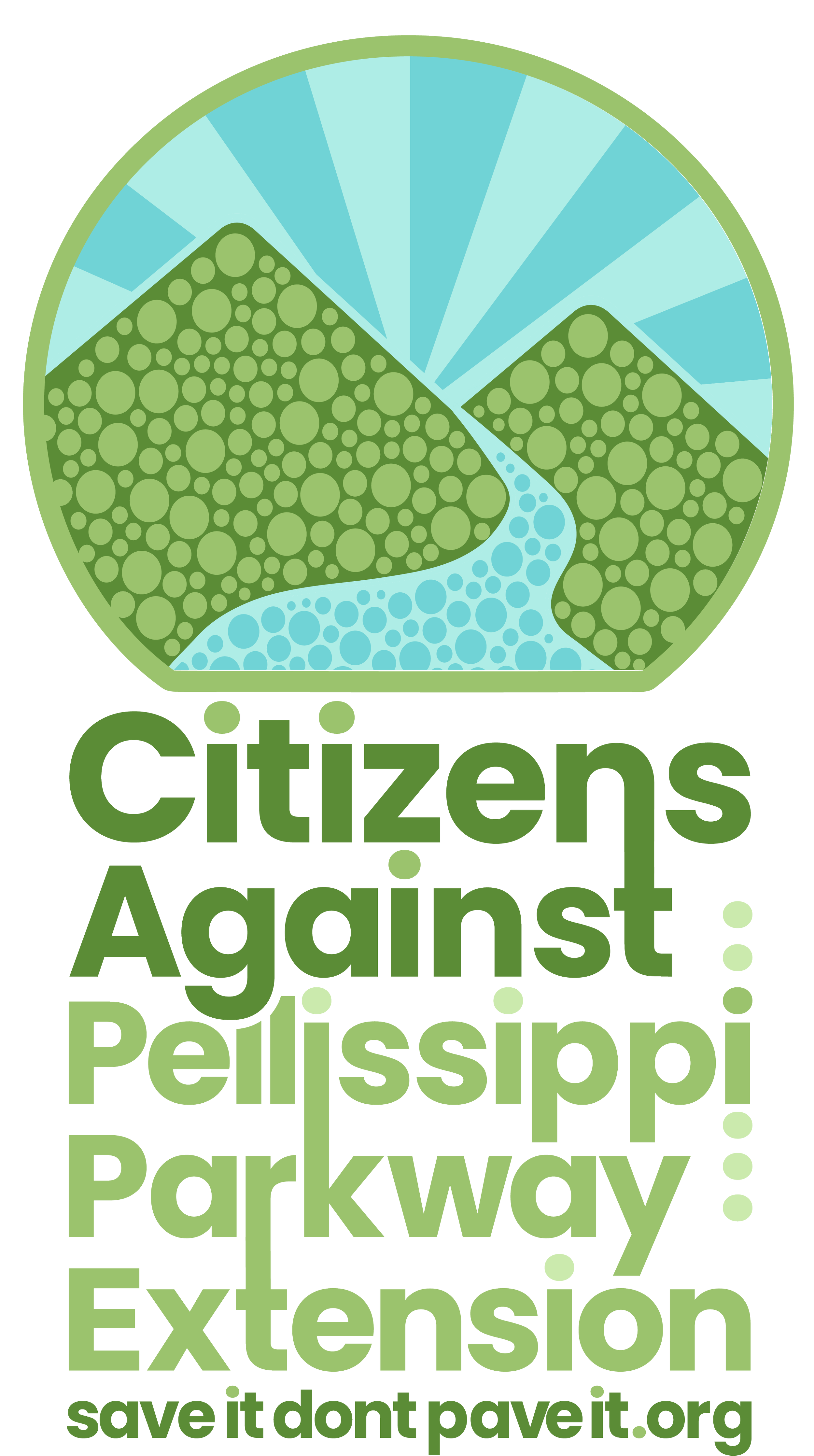FREQUENTLY ASKED QUESTIONS
What is the proposed route of the Pellissippi Parkway Extension?
The proposed route of the four-lane limited access highway is from Old Knoxville Highway (SR 33) to East Lamar Alexander Parkway (US 321). It will bisect Pellissippi Place, have an interchange and traffic lights at Sevierville Road, a half cloverleaf and traffic lights on US 321, and cross rural land and waterways in the lower Little River valley. Click here for a detailed map.
Why do so many residents oppose the construction of this highway?
TDOT’s own analysis shows the proposed highway will not address our existing transportation problems. Instead, it will accelerate development, increase costs for schools and other public services, take farmland out of production, create surface run-off, and bring air and noise pollution. Traffic from the highway will place additional pressure on unsafe secondary roads. This project contradicts what residents have said they want for the future: to preserve the rural character of the county.
Is this highway needed?
NO! US 321 and US 129 both provide four-lane access to the mountains. Recent traffic counts do not justify the cost of a new interstate highway in eastern Blount County. The PPE has not been funded. Tennessee’s limited transportation funds should be used where they will address real needs.
Can we really stop the PPE?
Yes! TDOT’s 2010 DEIS showed that spending up to $100 million on 4.4 miles of the PPE will not reduce traffic congestion. The current estimate for construction is a whopping $338.5 million! TDOT’s own research showed that many of our existing roads will have failing levels of service even if the PPE is built. Tell your local and state elected officials that we expect them to use our limited tax dollars to fix our existing roads, not on a costly new highway that will create more problems.
What does CAPPE recommend?
TDOT repeatedly reports a shortfall of $billions necessary for transportation safety, bridge repairs, road maintenance, and new projects. We need to spend our scarce road funds responsibly to improve our existing road system. New projects should be funded only if they will solve real problems, not on an outdated 35-year-old proposal that doesn't reflect 21st Century transportation planning principles.
